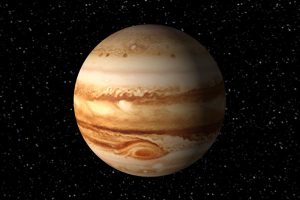Globally, the fascination with deep space began in the early 1900’s. Since them, imaging satellites are launched in an ongoing effort to see space more accurately. The images from space sent back will help researchers and scientists gain a clearer understanding of our planetary neighbors and how they affect life on earth.
The Space Race began on August 2nd, 1955 between The Soviet Union and The United States of America. This was ultimately the beginning of space exploration. It sparked a desire for increased education and development for a further look into our own solar system and deep space.
In the fall of 2006, NASA’s twin Solar Terrestrial Relations Observatories mission, known as STEREO, was successfully launched. This was the first 3-D imaging mission sent into space. The observations made by STEREO’s identical twin helped researchers construct the first-ever three-dimensional views of the sun. The images showed the star’s stormy environment and its effects on the inner solar system. This data is vital for understanding how the sun creates space weather. This gave scientists a clearer understanding of the sun’s activities than they had been able to gain from ground or any of the other missions launched.
To scientists, images are data. They send back measurements of the properties of the surfaces and atmospheres of solar system bodies.
In 1997, a collaboration between NASA, the European Space Agency and the Italian Space Agency, launched Cassini into space to study the planet Saturn, including the rings and natural satellites. In April of 2017, Cassini began taking some of the most dramatic images from space ever collected.
Cassini’s final images were sent to Earth right before it took its final plunge into the Saturn’s atmosphere. It revealed never-before-seen events that will change the understanding of how planetary systems are formed. It also sent home data in real time, and took key measurements from its mass spectrometer which sampled Saturn’s atmosphere.
Juno is another NASA space probe. Juno’s mission is to orbit the planet Jupiter. The spacecraft was launched in August of 2011. Its mission is to measure the planet’s composition, gravity field, magnetic field and polar magnetosphere. It will also search for clues about how the planet was formed.
During Juno’s mission, infrared and microwave instruments will measure the thermal radiation emanating from deep within Jupiter’s atmosphere. These observations will complement previous studies, including assessing the abundance and distribution of water, and therefore oxygen.
Collecting images from space comes from collaborative efforts from many different sectors. Agencies, such as NASA, the ESA, and ISA work together on global projects. They, in turn work with companies like Lockheed Martin, who designed and built the Juno spacecraft.
The Cassini and Juno projects were both ambitious projects to explore our outer space surroundings. As we become more reliant on space technologies, there is sure to be more explorations to capture images from space helping us to continue to learn and understand how the universe works.
The design and engineering of such delicate equipment is imperative to the final outcome of the mission. Employing the services of Universe Optics to design and build the precision lenses necessary for this type of equipment will ensure the clearest, most accurate images possible.